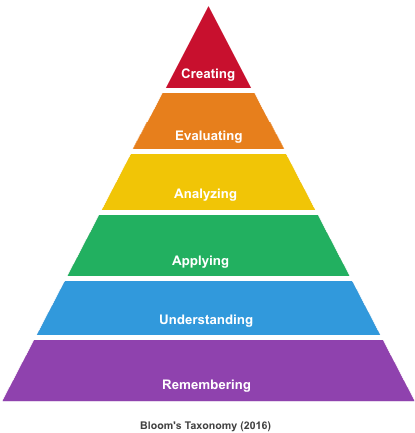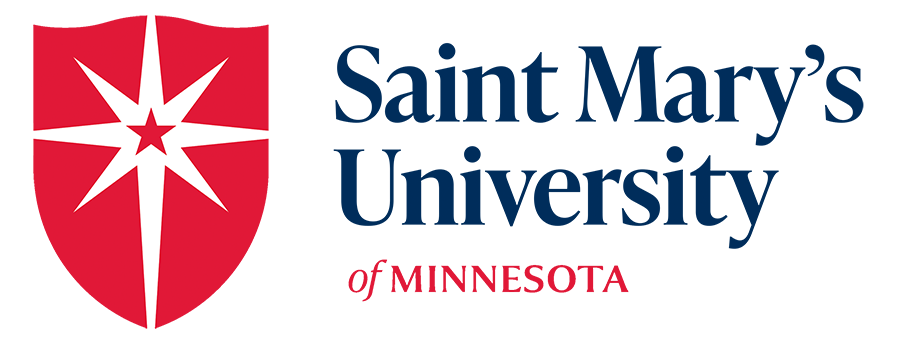
Planning Activities
Best Practices for Instructional Activities
Transfer the “learning work” to your students.
Most faculty spend the majority of their time thinking about how they will teach their course. However, the secret to designing instruction is to shift the “learning work” from you to your students. Studies indicate that students learn and retain information better when they are engaged in the course content as opposed to receiving the content.
Consider time constraints.
Remember, the length of time spent on each topic may vary depending on the quantity and quality of the learning needed to accomplish the assignments. Most Saint Mary’s courses are 8 weeks long, so you will need to be prudent when selecting and scheduling your weekly content topics.
Decide what you want your students to be able to do by the end of the class.
Design your instruction, so your students can attain the learning goal by the end of the session, whether learning online or face-to-face. Consider how this assignment will build toward the upcoming assignment’s topics, readings, and learning.

Use Bloom’s taxonomy.
Aim your learning goal toward one of the top 3 higher-order levels of thinking: 1) analyzing, 2) evaluating, and 3) creating. Then design a sequence of instructional activities that begin at the lower-order thinking levels: remembering, understanding, and applying, with the final activity reaching your higher-order learning goal.
For example, using the following learning goal, “Students will be able to critique a company’s marketing strategy,” a sequenced instructional approach for a 4 hour session could look like this:
- Using anonymous polling software, check students’ recall of the readings. Review and debrief based on their responses. (Remembering)
- Working in pairs, give your students a marketing strategy example, and ask your students to identify and describe key elements. Share and debrief. (Understanding)
- Given 3 video clips of a product advertisement, ask your students to examine the marketing strategies used. Discuss based on their responses. (Applying)
- Working in pairs, ask your students to prepare and present a 5 minute critique of a marketing strategy that they find through an Internet search. Debrief. (Evaluating)
Did You Notice?
The instructional activities are sequenced to build toward the learning goal. The students are developing new skills through applied learning as opposed to relying heavily on lecture. The instructor will debrief after each activity to ensure clarity and to redirect learning, if needed. The learning experience is collaborative, relevant, active, and uses technology. Try to do the same when you design your instructional activities.
